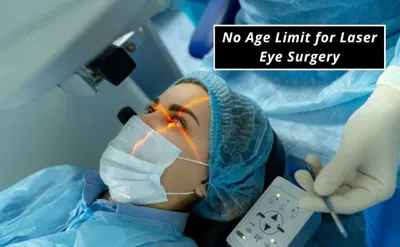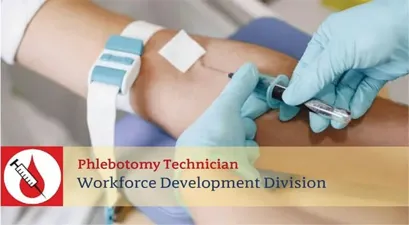Cutting-edge therapy leads men back to peak performance
In 2025, cutting-edge therapies provide patients with more personalized and less invasive options. Here are the top seven prostate cancer treatments available this year.

1. Immunotherapy (Checkpoint Inhibitors & CAR-T Cell Therapy)
Immunotherapy has revolutionized cancer treatment by harnessing the body’s immune system to fight cancer cells. Checkpoint inhibitors help the immune system recognize and attack prostate cancer cells, while CAR-T cell therapy genetically modifies a patient’s own immune cells to enhance their cancer-fighting abilities.
·Why It’s Effective: Targets cancer with minimal damage to healthy cells.
·Potential Drawback: Not all patients respond equally to immunotherapy.
2. Advanced Hormone Therapy
Hormone therapy remains a crucial treatment for prostate cancer, but 2025 has brought more refined options such as androgen receptor degraders (AR degraders) and next-generation anti-androgens.
·Why It’s Effective: Slows or stops cancer growth by blocking testosterone.
·Potential Drawback: Can lead to fatigue and other hormonal side effects.
3. Targeted Radiation Therapy (Proton Therapy & SBRT)
Radiation therapy has become more precise, with techniques like proton therapy and Stereotactic Body Radiation Therapy (SBRT) delivering high doses of radiation directly to cancer cells while minimizing damage to surrounding tissue.
·Why It’s Effective: Higher accuracy reduces side effects.
·Potential Drawback: Not widely available in all hospitals.
4. High-Intensity Focused Ultrasound (HIFU)
HIFU is a non-invasive procedure that uses ultrasound waves to heat and destroy cancerous tissue without damaging nearby healthy tissue.
·Why It’s Effective: Minimally invasive with fewer side effects.
·Potential Drawback: Best suited for localized prostate cancer.
5. PSMA-Targeted Therapy (Radioligand Therapy)
Prostate-Specific Membrane Antigen (PSMA)-targeted therapy delivers radioactive particles directly to prostate cancer cells, effectively destroying them.
·Why It’s Effective: Specifically targets cancer cells, sparing healthy tissues.
·Potential Drawback: Can cause mild radiation-related side effects.
6. Minimally Invasive Robotic Surgery
Robotic-assisted prostatectomy continues to evolve, offering greater precision, reduced recovery time, and fewer complications compared to traditional surgery.
·Why It’s Effective: Smaller incisions, less pain, faster recovery.
·Potential Drawback: Requires specialized surgical expertise.
7. Personalized Cancer Vaccines
New in 2025, personalized cancer vaccines use a patient’s genetic profile to create a vaccine that boosts the immune system’s ability to recognize and destroy prostate cancer cells.
·Why It’s Effective: Offers a tailored approach to treatment with promising long-term results.
·Potential Drawback: Still undergoing trials, not yet widely available.
Featured Articles
 The Digital Healthcare Awakening: How Electronic Healthcare Resources Are Reshaping Modern Medical ParadigmsAn Evolutionary Analysis Based on 5,238 Top-Tier Publications and 17 Global Clinical Trials ——By Jack
The Digital Healthcare Awakening: How Electronic Healthcare Resources Are Reshaping Modern Medical ParadigmsAn Evolutionary Analysis Based on 5,238 Top-Tier Publications and 17 Global Clinical Trials ——By Jack Is Laser Eye Surgery Right for You? Schedule a ConsultationTake the laser vision correction self-test and get the best vision correction. Schedule a consultation today. Find a clinic near you! Experienced doctors. Convenient locations.
Is Laser Eye Surgery Right for You? Schedule a ConsultationTake the laser vision correction self-test and get the best vision correction. Schedule a consultation today. Find a clinic near you! Experienced doctors. Convenient locations. U.S. Department of Labor Phlebotomy Paid Training - No Prior Medical Experience Required!If you’re considering a career in phlebotomy and looking for reliable training options, the U.S. Department of Labor offers a paid training program that’s a great choice for aspiring healthcare professionals.
U.S. Department of Labor Phlebotomy Paid Training - No Prior Medical Experience Required!If you’re considering a career in phlebotomy and looking for reliable training options, the U.S. Department of Labor offers a paid training program that’s a great choice for aspiring healthcare professionals.